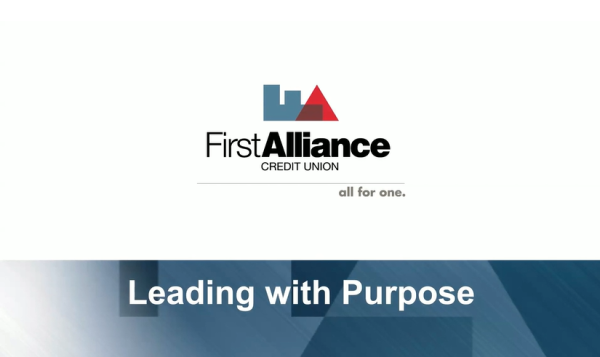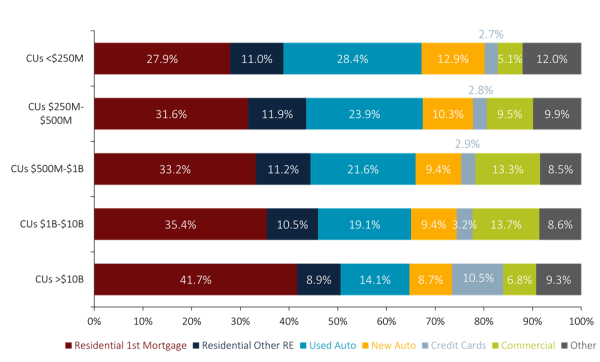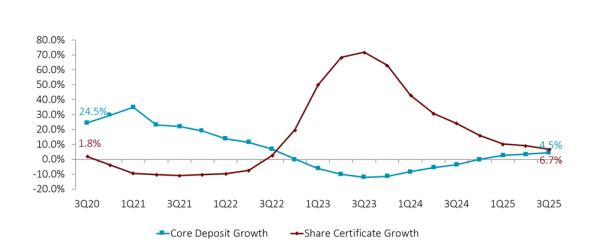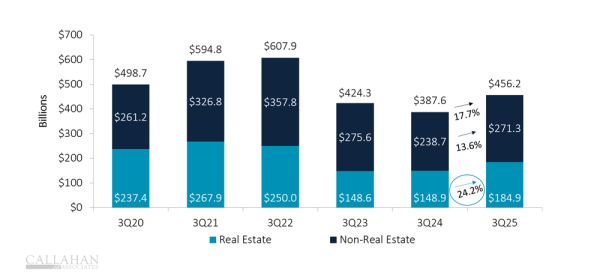CECL: A Half-Baked Cake
One year after implementation, there’s still work to be done when it comes to new rules around expected credit losses.
Our Risk page is the top spot to learn about business continuity, compliance, enterprise risk management, fraud, and vendor management.
One year after implementation, there’s still work to be done when it comes to new rules around expected credit losses.
For the past decade, the credit union’s head risk leader has been evangelizing the idea that everyone must be a risk manager to ensure the
The crisis is still unfolding, but the latest high-profile bank failure has plenty of takeaways for credit unions around asset management, net worth, communication, and
Presenters at the Financial Brand Forum explain why sharing shortfalls is just as important as touting strengths.
Critical security controls from Center for Internet Security can help credit unions better protect member data.
Credit unions reeling after the regulatory tsunami and uncertainty in the interest rate market might find comfort in the data, advice, and best practices featured this week on CreditUnions.com.
Your risk management processes may be fine today, but are they sufficient to lead you tomorrow?
More than 1,000 credit union advocates from across the industry have made their voices heard. This selection of comments about NCUA’s revised risk-based capital proposal highlights drawbacks of the rule and underscores the importance of feedback.
The deadline to submit comments about NCUA’s risk-based capital proposal is April 27. This roundup of RBC2 commentary offers inspiration and suggestions for crafting a comment.
Wayne Hood, senior vice president and chief legal officer at ORNL Federal Credit Union, reflects on his leadership style, sources of inspiration, and the potential for some mutually beneficial alliances with banks.
As America continues to transform itself economically, credit unions are becoming more involved in their communities.
To promote the continuous evolution of the credit union charter and its multifaceted contributions to the country’s economic progress, a new cooperative regulatory structure is needed.
Legal battle and years of uncertainty could follow a final rule like this.

Look beyond the headlines to better understand what is driving current market trends and how they could impact credit union investment portfolios.

Discover how First Alliance Credit Union is redefining success by putting values and member needs at the heart of everything it does.

Craft breweries demonstrate how commitment to value, operational agility, and community focus can ignite growth and drive property.

Quarterly performance reports from Callahan & Associates highlight important metrics from across the credit union industry. Comparing top-level performance and digging into the financial statement has never been easier.

Explore how credit union size influences growth, lending, and efficiency.

Accelerating membership growth signals the increasing influence of credit unions amid evolving interest rate trends and economic challenges.

Inflation, debt, and income inequality are fueling a K-shaped, post-pandemic recovery, widening the gap between different economic segments and challenging lower-income households.

Falling interest rates are changing the game for credit unions. Explore how potential shifts in lending, savings, and margins are set to affect the bottom line.

Explore the subtle shifts redefining the credit union core processing space and how these movements shape growth, innovation, and member experience.

The combination of the right philosophy and the right technology can set credit unions up for success even during difficult economic times.
What Are Credit Unions Saying About RBC2?